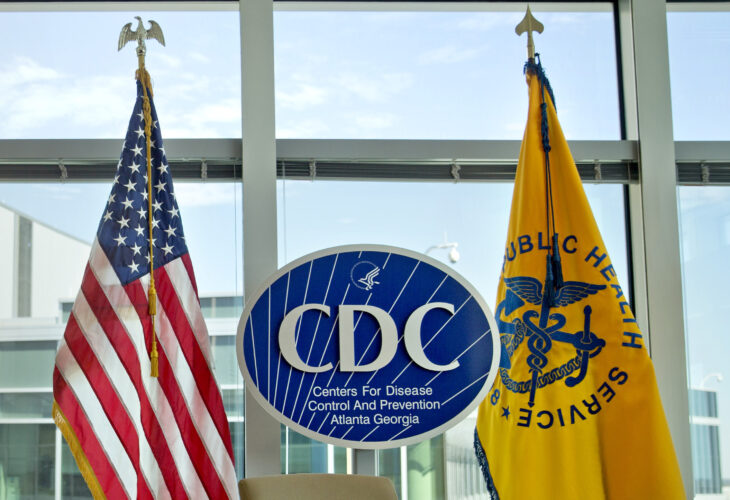Three years later, the data has caught up with early evidence and anecdotal accounts, and it turns out that “long COVID” is neither as severe nor as frequent as the public was told. Long Covid refers to symptomatic suffering which lingers or even intensifies in the weeks or months following infection, as opposed to a quick recovery after a mild infection.
Speculating that long-term effects may be incurable, and that a sizable proportion of those affected by SARS-CoV-2 would end up succumbing to life-long debilitating illness, people were urged to get vaccinated to prevent the life-altering condition.
A frightening picture was portrayed—33 percent of all COVID positive people went on to claim long COVID, according to reports published one year after the onset of the pandemic. A small number of those people had recovered and were debilitated to the extent of being unable to work or attend school. A premature, yet influential story in the British Medical Journal detailed epidemiologist, Paul Garner’s experience being crushed by a “roller coaster of ill health, extreme emotions, and utter exhaustion.” He detailed undergoing extreme fatigue, muscle pain, breathlessness, and a “weird sensation in the skin”—a litany of “constantly shifting, bizarre symptoms” that caused him to be bedridden.
The grumbles of initial “long-haulers” were noticed and intensified by activists whose lobbying swayed the government to allocate funds to long COVID research purposes. “Long COVID has a strong claim to be the first illness created through patients finding one another on Twitter,” researchers Elisa Perego and Felicity Callard stated in the journal of Social Science & Medicine.
In an influential study from 2021, University of Washington researchers administered a survey to 234 COVID patients between three and nine months after being infected with SARS-CoV-2. Of the 177 who completed the questionnaire, one-third reported symptoms such as brain fog, fatigue, and loss of smell that were ongoing. A subsequent report by Brookings Institute manipulated this statistic to falsely estimate that 31 million Americans of working age “may have experienced, or be experiencing, lingering COVID-19 symptoms.”
Survey-based research is problematic—one being there is high possibility of selection bias, meaning that those who feel they are suffering with long COVID are more compelled to complete and submit the survey. Another issue is the reporting of pre-COVID ailments which were not caused by the virus.
To mitigate these issues, researchers initiated retrospective cohort studies which involved examining anonymized electronic medical records to locate those who returned to the doctor with symptoms after testing positive for COVID. First, patients who had the same symptoms before and after covid were omitted. Second, the remaining patients are compared to a second group of COVID-negative patients who share the same gender, age, and medical backgrounds. This type of research takes time—results started to arrive in 2022.
One of the most notable studies from Israel examined the incidence of 70 frequently reported long COVID symptoms in 150,000 patients. Researchers discovered that infected patients were more likely than control group participants to suffer for long spans of time from specific symptoms—in particular, memory and concentration issues, weakness, palpitations, hair loss, difficulty breathing, chest pain, and loss of smell and taste.
The difference amongst the COVID infected and controls largely dissipated by the end of the first year—the remaining affected number of patients was relatively small. 407 COVID patients reported having persistent memory and concentration troubles at the end of the initial year, while 276 of the controls reported the same. This calculates to only 13 in every 10,000 people having with cognitive difficulties that could be attributed specifically to COVID.


















Add comment